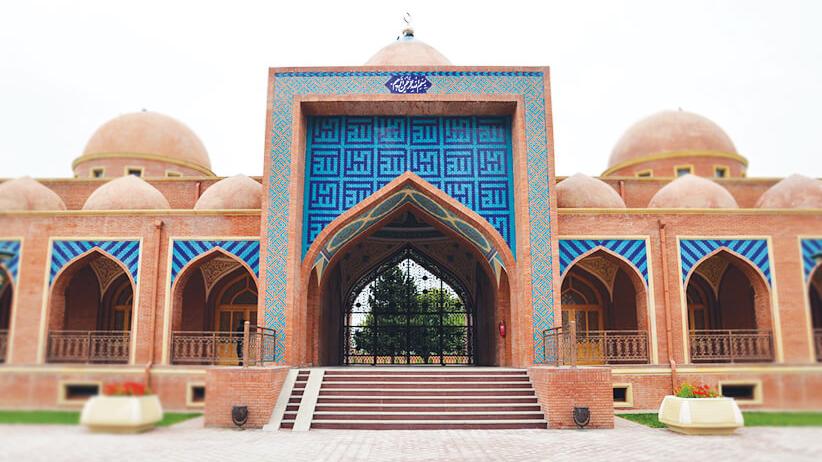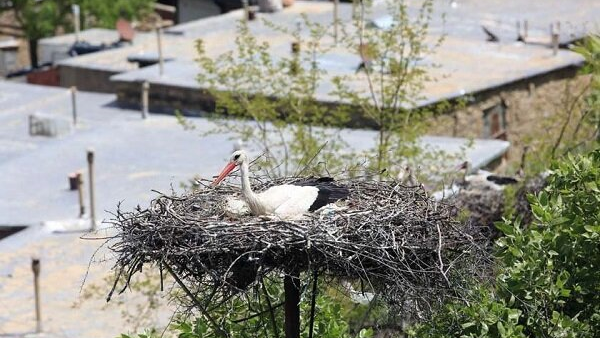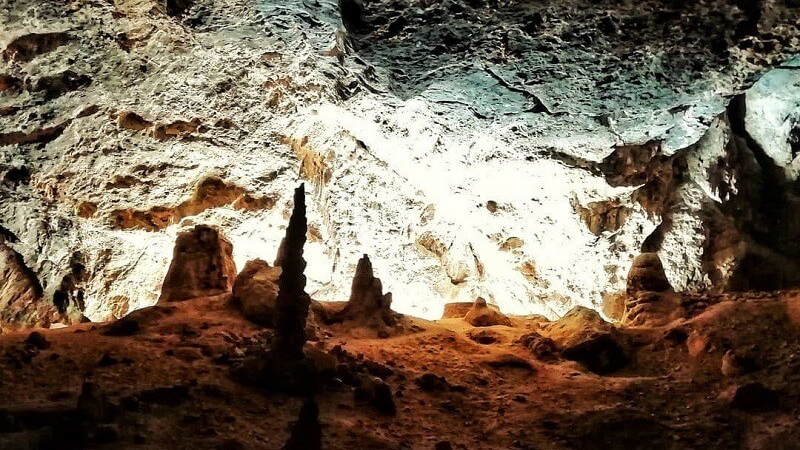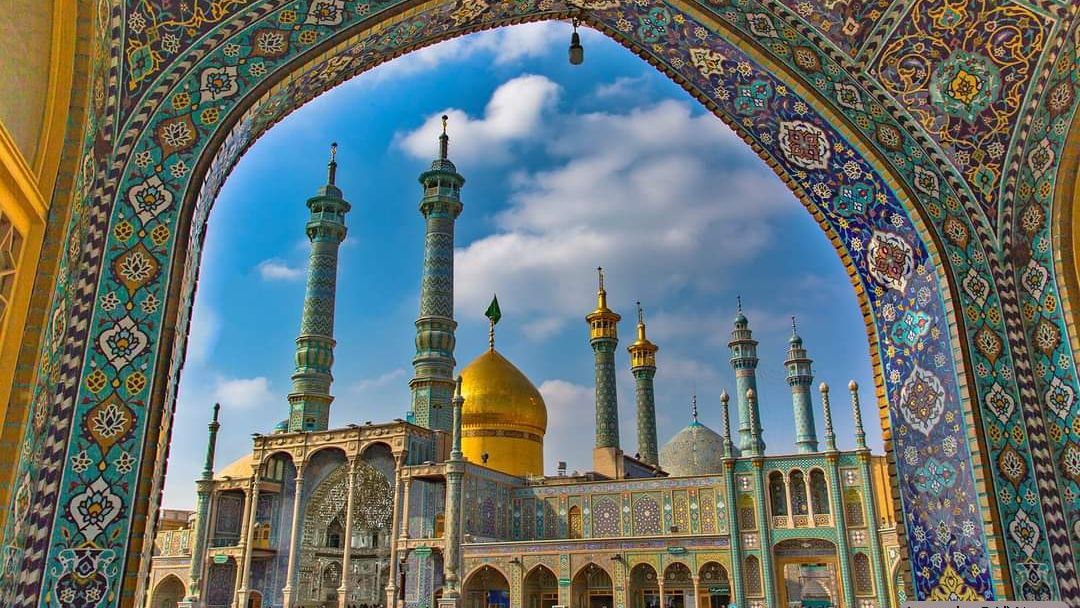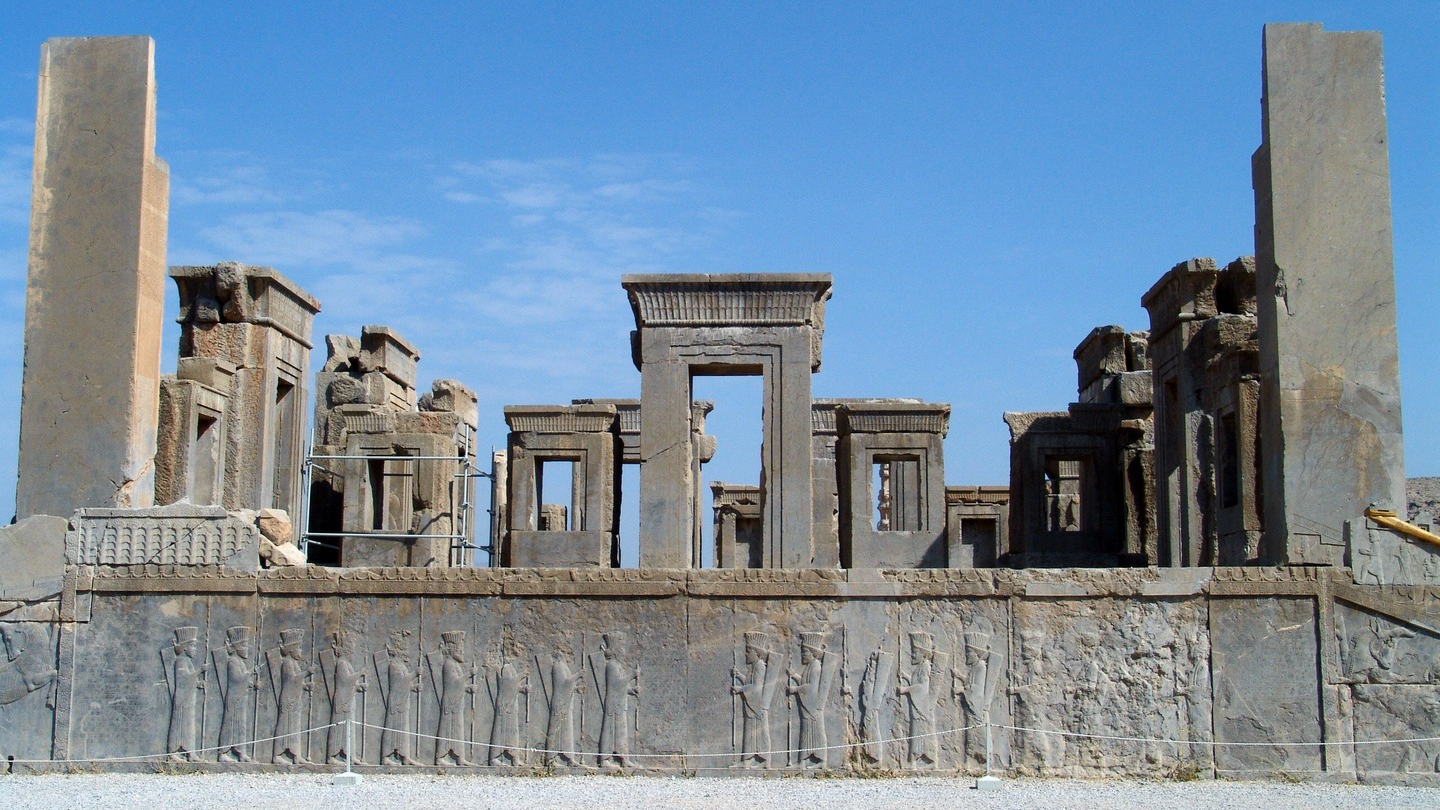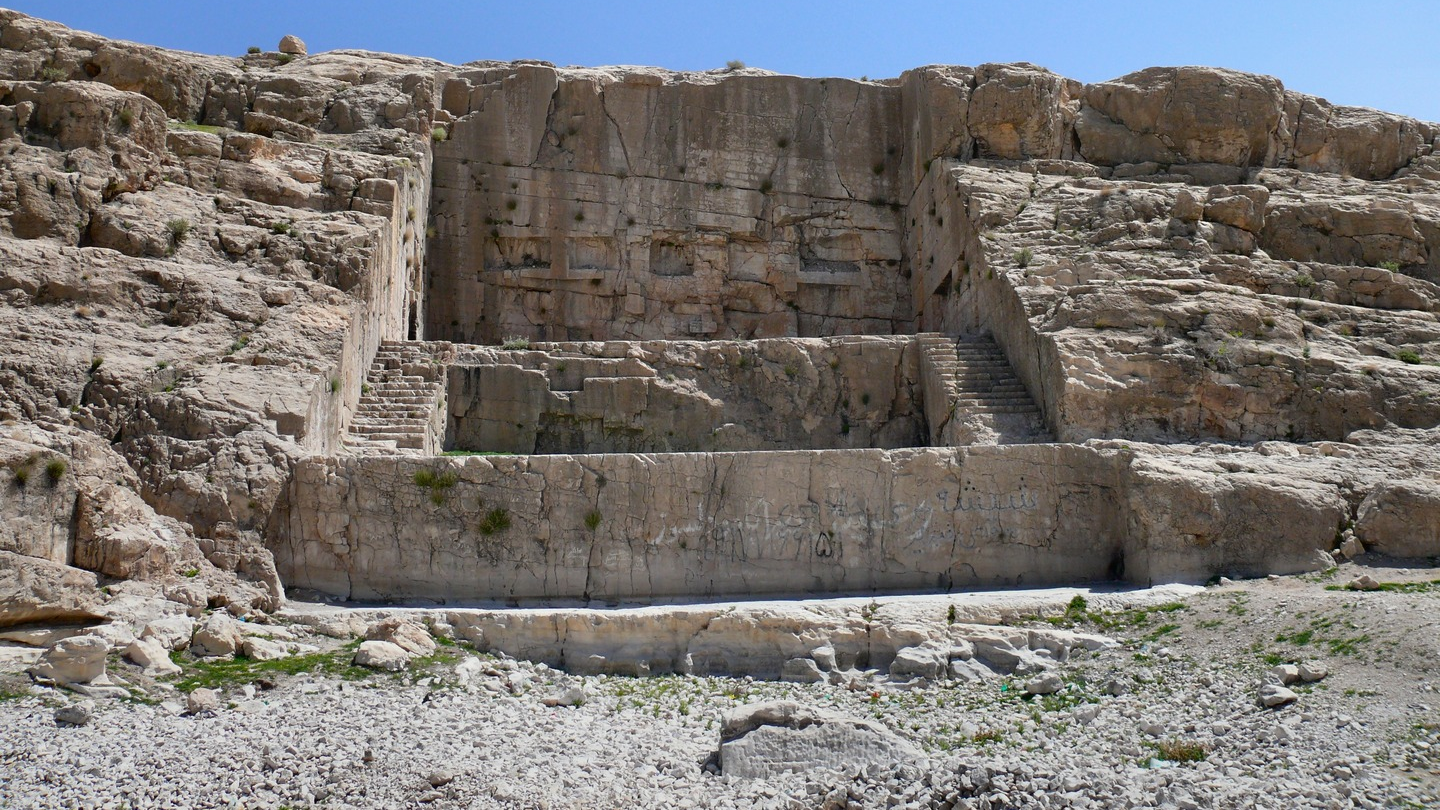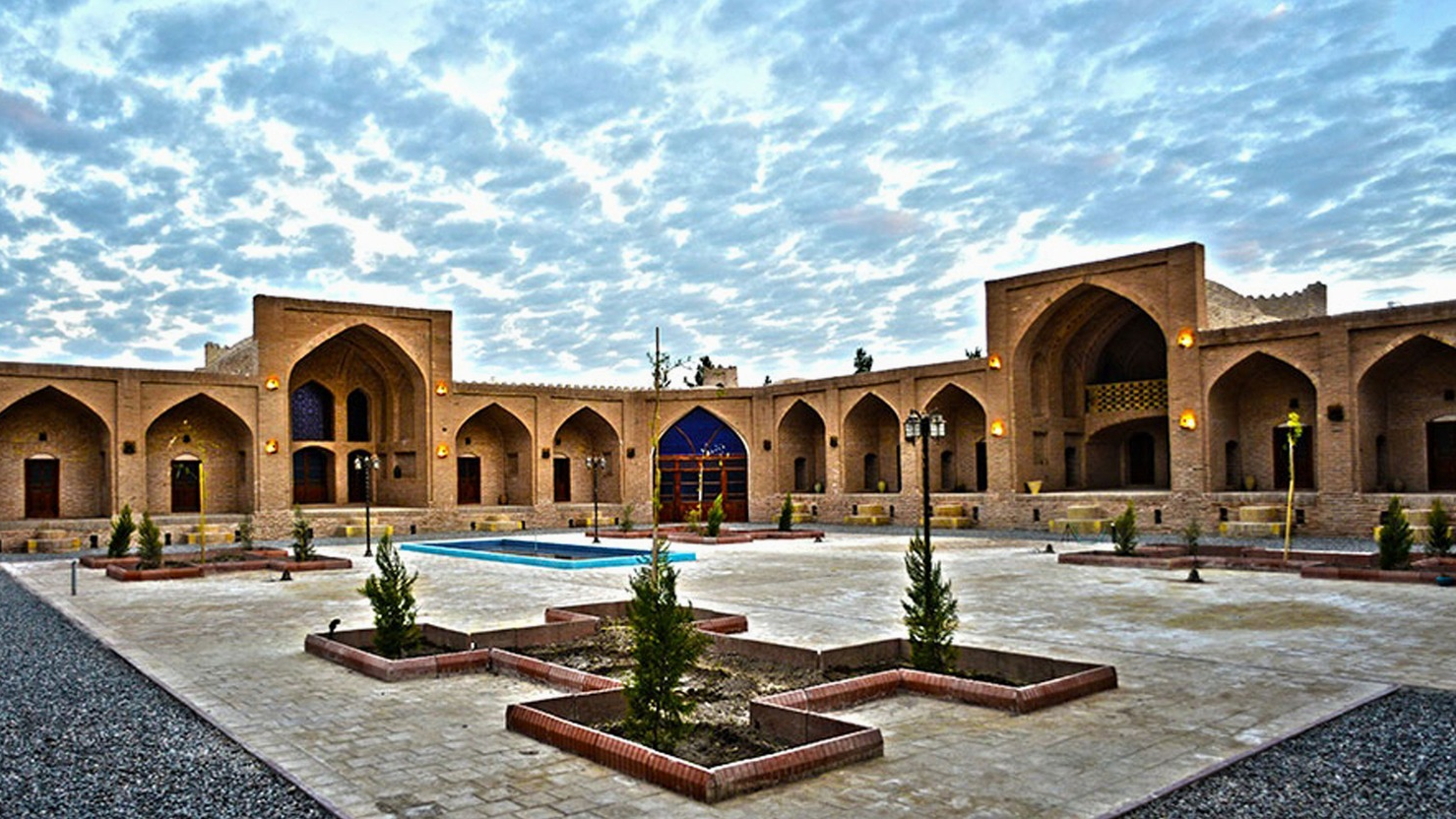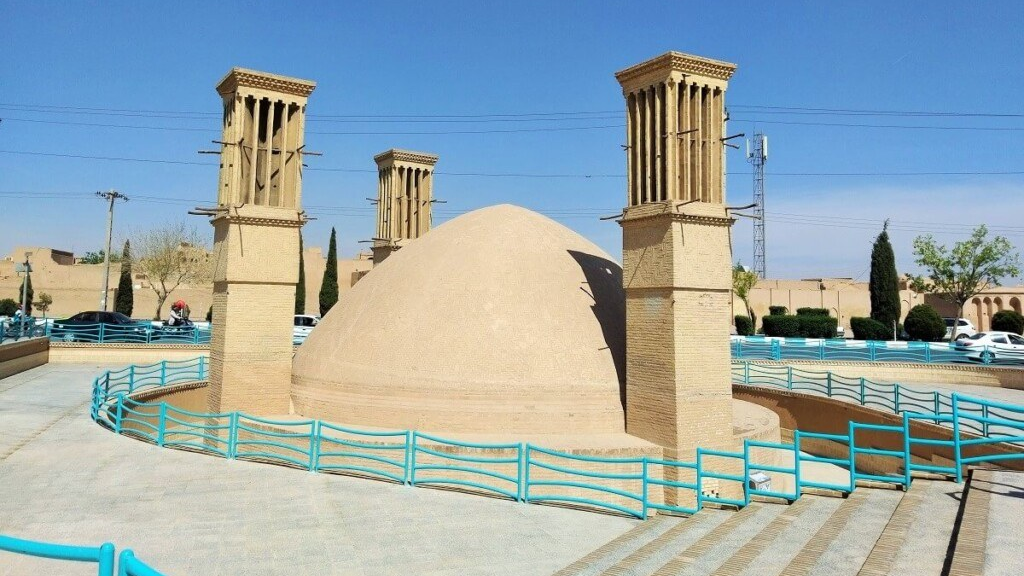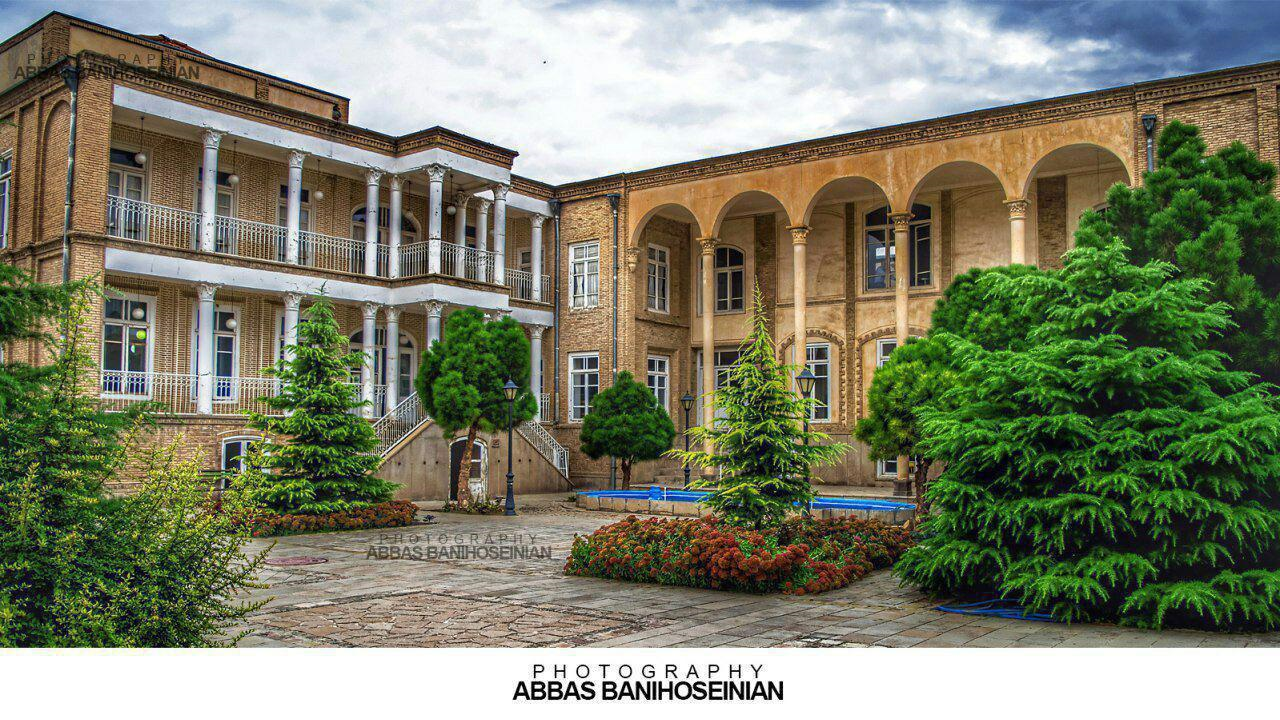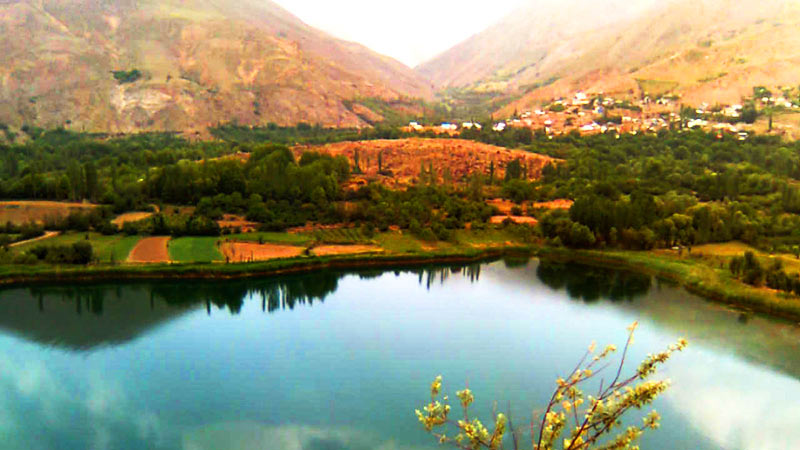
The Sassanid Palace of Sarvestan
The Fars region is considered the cradle of one of the world’s oldest empires. One of the historical monuments of this region is the Sassanid Palace of Sarvestan, about the functionality of which there are different opinions.
History of the Sassanid Palace of Sarvestan
Most of the researchers attribute the construction of the Sasanian Palace of Sarvestan to the reign of Bahram V, nicknamed Bahram Gur (reigned from 421 to 438 AD). This view is consistent with the accurate age measurements. According to historical records, this palace was also functional during the Islamic era.
According to some archeological experts, since the Sarvestan Palace is relatively small, it is unlikely that this monument was the residence of the king and was probably a fire temple that was used in the Sassanid era to hold Zoroastrian rituals. However, since the size of the building is too large in comparison to the other fire temples of that era, it was probably a royal resting resort.
Architecture of the Sassanid Palace of Sarvestan
This palace is a four-story structure and is also known as “Sassan Palace” and “Chahartaq”. The architecture used in this palace connects ancient Iranian architecture with that of the Islamic era in Iran.
The area of this palace is 25 hectares. The palace is greatly similar to the palace of the Sassanid king, Ardeshir I - also known as Ardeshir Papakan - in Firuzabad of the Fars region. The materials used in the Sassanid Palace of Sarvestan are stone, brick, and plaster. The main facade of the building is on the south side and includes a central porch and two side porches. A square-shaped porch with a length and width of 13 meters and a height of 18 meters had been built in the central part of the palace. This porch leads to the main hall and the courtyard.
A few stairs connect the northern part of the building to the outside area of the palace and the southern part. This part is connected with another porch located in the east of the complex. Two narrow rooms with dome-shaped ceilings are built on both sides of the building. These rooms are not symmetrical and columns and braces have been used to strengthen their ceilings.
The uneven surroundings of this building suggest that there were probably other buildings around it.
The Similarity of Sarvestan Palace and Firuzabad Palace
André Godard, a French architect and archaeologist of the 20th century, has pointed out certain similarities between the Palace of Ardeshir Papkan and Sarvestan Palace. In both buildings, dome arches are made of bricks. There is a courtyard behind the main hall of Sarvestan Palace around which there are some buildings that were used as homes. These buildings are symmetrical and do not have proportional dimensions. The same situation can be observed in Firuzabad Palace, with the difference that the details of Sarvestan Palace are more diverse.
Since the size of Firuzabad Palace is four times bigger than the Sarvestan Palace, it seems that the Sassanid Palace of Sarvestan was only used for receptions, because, although the halls are large and luxurious, they are few in number. In addition, since the door of these halls opens to the outside, it is very unlikely that it was a residential palace.
Where Is the Sassanid Palace of Sarvestan Located?
The Sassanid Palace is located 14 kilometers south of Sarvestan, City on the Shiraz-Fasa Road about almost two hours of drive from Shiraz. Five kilometers after Fasa - on the road from Shiraz to Sarvestan - there is a large sign indicating the road leading to Sarvestan Palace and the Sassanid Palace of Sarvestan will appear after five kilometers of drive.
The best time to visit this historical monument is in spring or early autumn.
the Sassanid Palace of Sarvestan was initially inscribed on the list of Iran’s national heritage in the year 1931 AD and was subsequently included in the UNESCO World Heritage List as part of the “Archaeological Landscape of Sassanid Fars”.
According to some archeological experts, since the Sarvestan Palace is relatively small, it is unlikely that this monument was the residence of the king and was probably a fire temple that was used in the Sassanid era to hold Zoroastrian rituals.
| Name | The Sassanid Palace of Sarvestan |
| Country | Iran |
| State | Fars |
| City | Sarvestan |
| Type | Historical |
| Registration | Unesco |
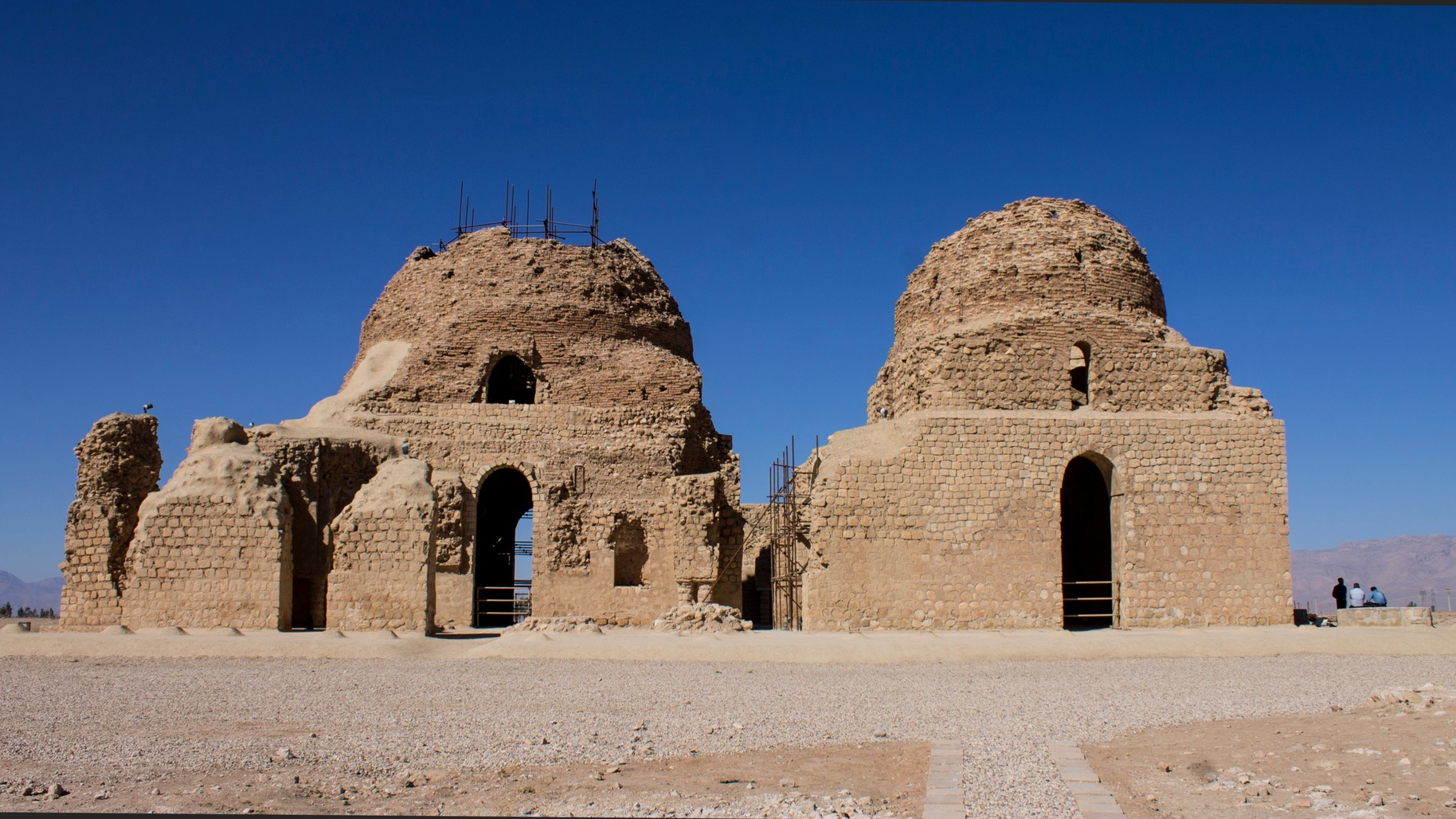
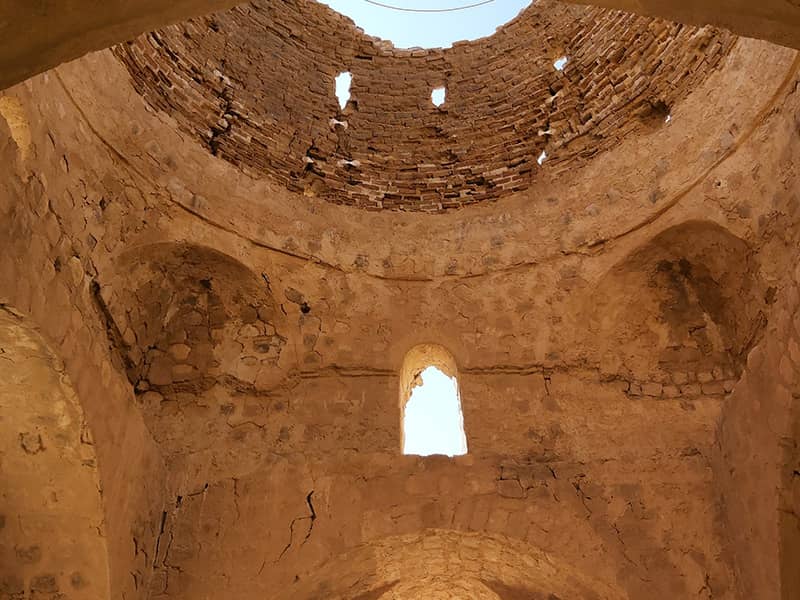


Choose blindless
Red blindless Green blindless Blue blindless Red hard to see Green hard to see Blue hard to see Monochrome Special MonochromeFont size change:
Change word spacing:
Change line height:
Change mouse type:

